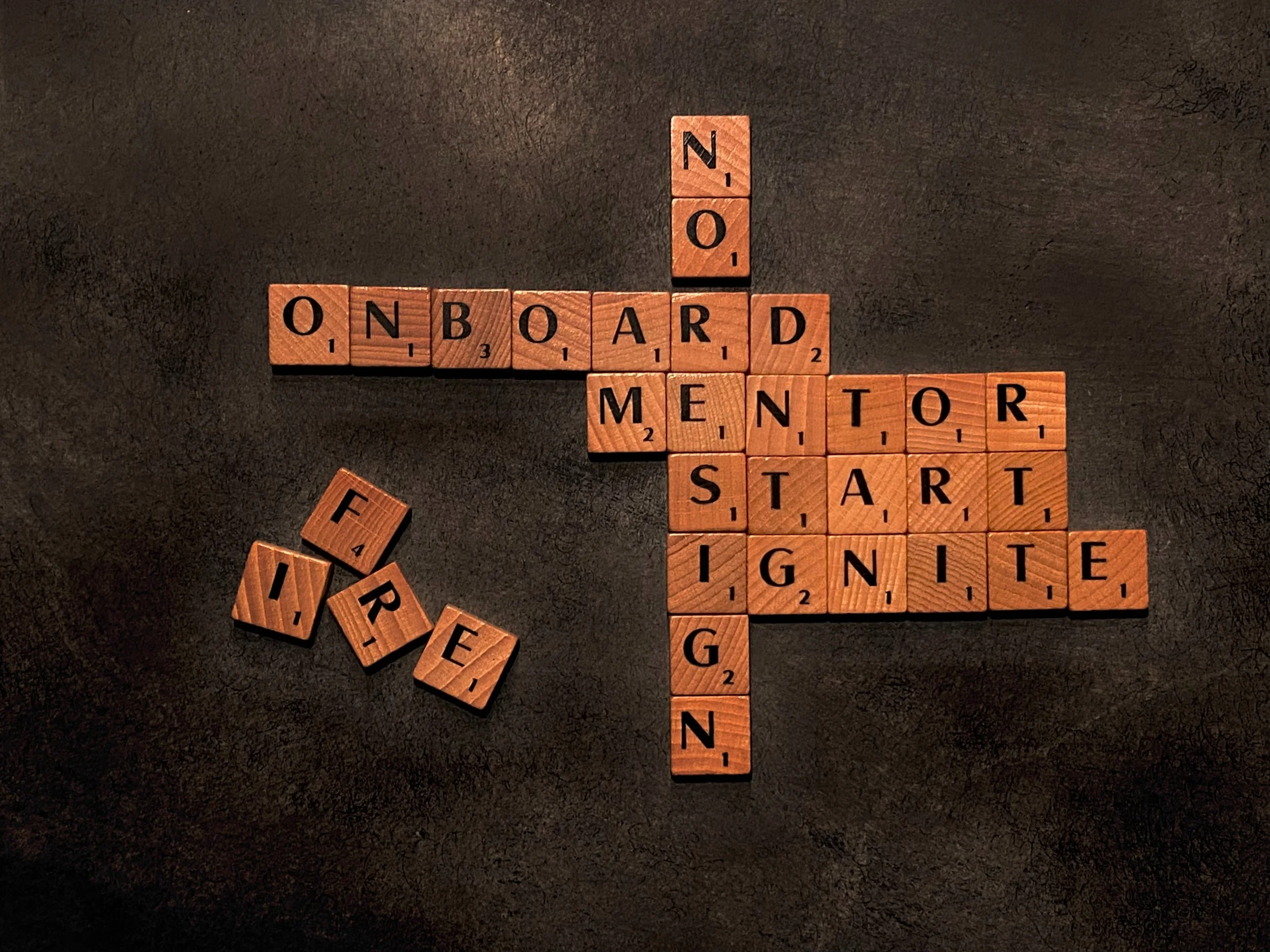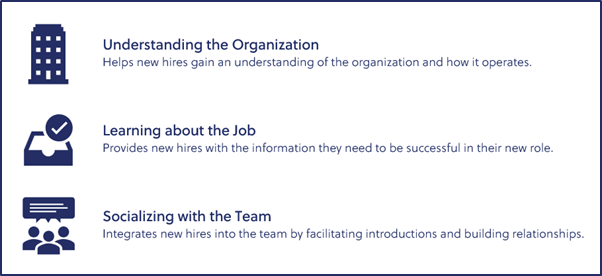Is your Onboarding Process a MAKE it or BREAK it one?
The first few days, weeks, and even months on the job can be a make it or break it time as it relates to employee performance, engagement, and retention. An effective onboarding process sets employees up for success while an ineffective one leaves employees lost in their new role, struggling to contribute in meaningful ways, questioning their decision to join the organization, and sometimes even searching for another job. As a result, every hiring manager should ask themselves…Does our onboarding process fall in the make it or break it bucket? You can typically answer this question by determining whether your onboarding process is fulfilling what Category One Consulting considers the three main objectives of onboarding.
Every hiring manager should ask themselves…Does our onboarding process fall in the make it or break it bucket?
1. Understanding the Organization. This objective helps new hires gain an understanding of the organization and how it operates. This often includes reviewing and signing new hire paperwork, providing an overview of the organization (mission, vision, purpose, differentiators, goals, services/products, customers/clients), explaining how compensation is distributed and adjustments are determined, walking through organizational benefits (retirement, insurance, vacation, holidays, etc.), discussing the organizational culture and norms, and sharing important policies, practices, and procedures. By the end of onboarding, new hires should understand the why, what, and how of the organization and have completed all of the important steps related to joining the company whether that is signing paperwork, electing benefits, or gaining access to important information and materials.
2. Learning about the Job. This objective provides new hires with the information they need to be successful in their new role. This typically involves distributing any tools, technology, or resources required to do the job, explaining how to use those resources, showing how to physically navigate the role whether that be learning where things are in a building or where things are on a computer, providing an overview of important meetings the person will attend, walking through standard operating procedures related to the job, and training the person to do each task and duty that falls under their new role. By the end of onboarding, new hires should understand what their role includes, have the tools needed to do their job, and be able to perform tasks fairly independently.
3. Socializing with the Team. This objective integrates new hires into the team by facilitating introductions and building relationships. This could encompass assigning a new hire buddy, arranging a first day lunch between the new hire and their manager, providing an overview of all communication channels that are used by the team (email, chat, videoconference, calls, etc.), scheduling a team get together where team members can get to know one another in a non-awkward way (no trust falls or odd icebreakers here), coordinating individual meet and greets where the new hire can meet team members as well as other individuals they will interact with across the organization, and scheduling recurring check-ins with the manager and/or HR contact to assess how onboarding is going. By the end of onboarding, new hires should feel comfortable talking with their manager, know who to go to when they have questions or need support, and feel like they are a welcomed part of the team.
So what do you think? Does your onboarding process fulfill all three objectives and fall into the make it bucket or does it seem to be lacking in one or more of these areas and is actually breaking people before they can even get fully immersed in the organization? If your organization falls into the breaking bucket, feel free to reach out to us at Category One Consulting to get some support with your onboarding process.


